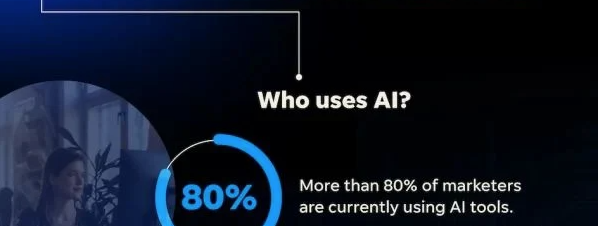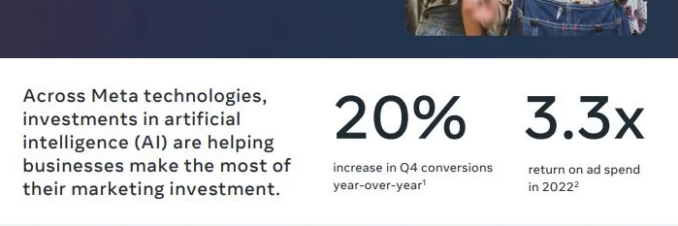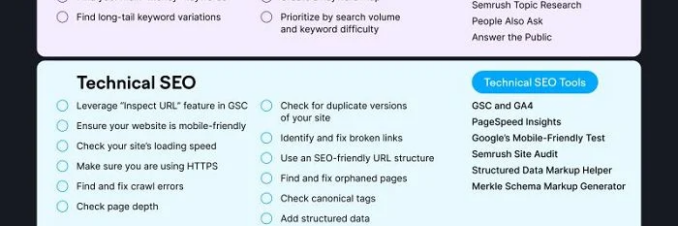 Five years ago, the U.S. government took unprecedented measures to end the subprime mortgage crisis. Since that time we have seen the rolling aftermath. Underwater home owners, short sales, and foreclosures cast a dark shadow over the market. The federal government and the real estate industry have been focused on three pressing issues since then:
Five years ago, the U.S. government took unprecedented measures to end the subprime mortgage crisis. Since that time we have seen the rolling aftermath. Underwater home owners, short sales, and foreclosures cast a dark shadow over the market. The federal government and the real estate industry have been focused on three pressing issues since then:
· Helping distressed owners stay in their homes.
· Moving the housing recovery and US economy forward.
· Creating an environment for a sustainable housing market.
Many strategies have been attempted since the financial meltdown to turn real estate around. The creation of the FHFA (Federal Housing Finance Agency) and its conservatorship of government-sponsored enterprises Fannie Mae and Freddie Mac ensured a flow of capital to the housing market. The home buyer tax credit, loan-modification refinancing reforms, and the efforts to streamline the short-sale process have given buyers and sellers the tools they need to navigate their way through the tumultuous market.
We are now on the road to not just a temporary recovery but a sustainable recovery. What follows is an explanation of how we got here and how to continue down a positive, sustainable path.
Phase 1, 2009 to Spring 2010: The Home Buyer Tax Credit
The home buyer tax credit worked. It helped bring buyers into the marketplace at a critical time, in particular first-time home buyers. This phase of the recovery helped slow the steadily declining US economy. By the fall of 2008, the Consumer Confidence Index had dropped from 117 (100 being a healthy number) to a staggering 25. We have since seen the Consumer Confidence Index return towards the 70s.
 Phase 2, Fall 2010 to Fall 2011: Residential Investors
Phase 2, Fall 2010 to Fall 2011: Residential Investors
Around November 2010, everything began to come together to create an opportunity for investors. The Federal Reserve purchased mortgage-backed securities to lower interest rates. This, combined with the lower adjusted prices, created a positive cash flow possibility for investors. They came out in force, snapping up a great deal of the glut of homes on the market with purchases of foreclosures and short sales. This helped to reduce inventory and stabilize values of homes below the median price-points in many areas.
Phase 3, Fall 2011 to Present: Surge of Local Home Buyers
Moving forward to November 2011, the backlog of local home buyers started coming forward to purchase homes, taking advantage of the historically low interest rates and lower adjusted prices. In particular, the low interest rates pushed the National Housing Affordability Index to the highest level since recording began.
This surge in local home buying caused a chain reaction of sales up through various price points, which also reduced inventory in the mid-price ranges. In certain markets with strong job growth, sales activity also increased in the upper end, supported by the rise of high-balance loan limit financing.
 Phase 4, Creating a Sustainable Housing Market
Phase 4, Creating a Sustainable Housing Market
In the coming years years, the residential housing market will be entering the fourth phase of its recovery — sustainability. The fourth phase will feature a return of the first-time home buyers. The group leading the charge in this sustainability phase will be the “echo boom” generation — also known as Millennials — who are now 17-31. A recently released Homebuyer Poll from TD Bank, reveals that the vast majority, 84 percent, of the Millennial generation intend to buy a home.
To help this generation of home buyers achieve the American Dream and create a sustainable housing market, we must create a healthy environment for them. This is a critical year for the future of housing. Several major decisions will be discussed and decided within the next year that will set the foundation for a sustainable housing market. Qualified residential mortgage (QRM) regulators have recommended, among other things, that a 20 percent down payment be required for a home purchase. This could devastate the market by excluding up to 30 percent of potential home buyers.
Reform and replace Fannie and Freddie with a transparent federal government support system necessary for keeping a secondary home finance securities market to attract world investors to purchase U.S. mortgage securities. The FHA’s 3.5 percent core down payment financing, USDA rural home financing, and high-balance loan limits for credit worthy home buyers are solid programs that should be continued and made permanent in order to have a sustainable housing market after the surge of backlogged local home buyers and residential investors pass through the market.
While the housing market continues to gain strength, we must maintain the solid programs and tax incentives we currently have in place in order to build a sustainable foundation for the future of housing.
BY:Lennox









Speak Your Mind